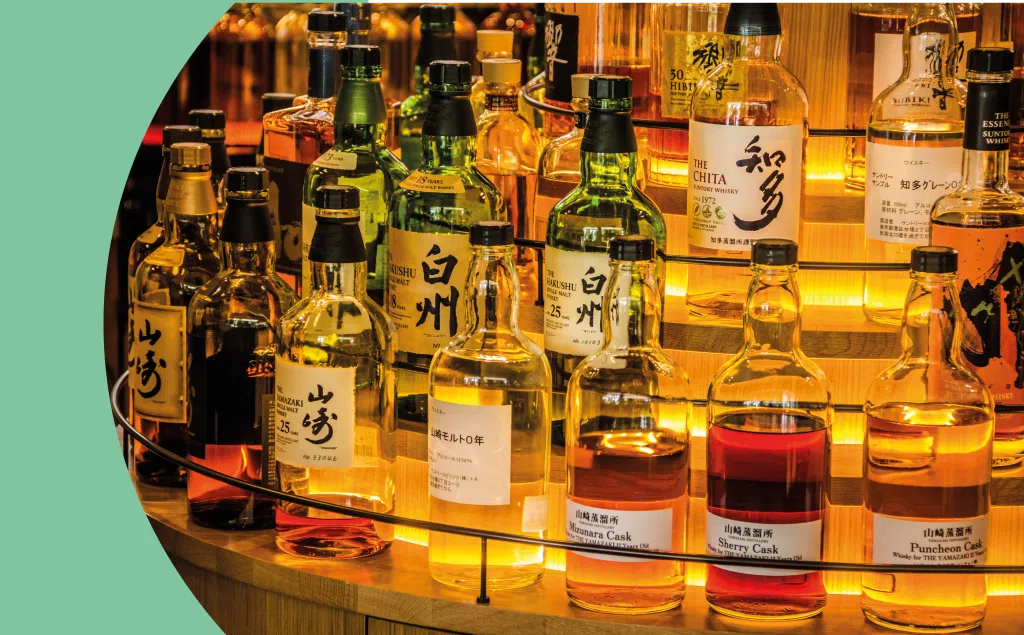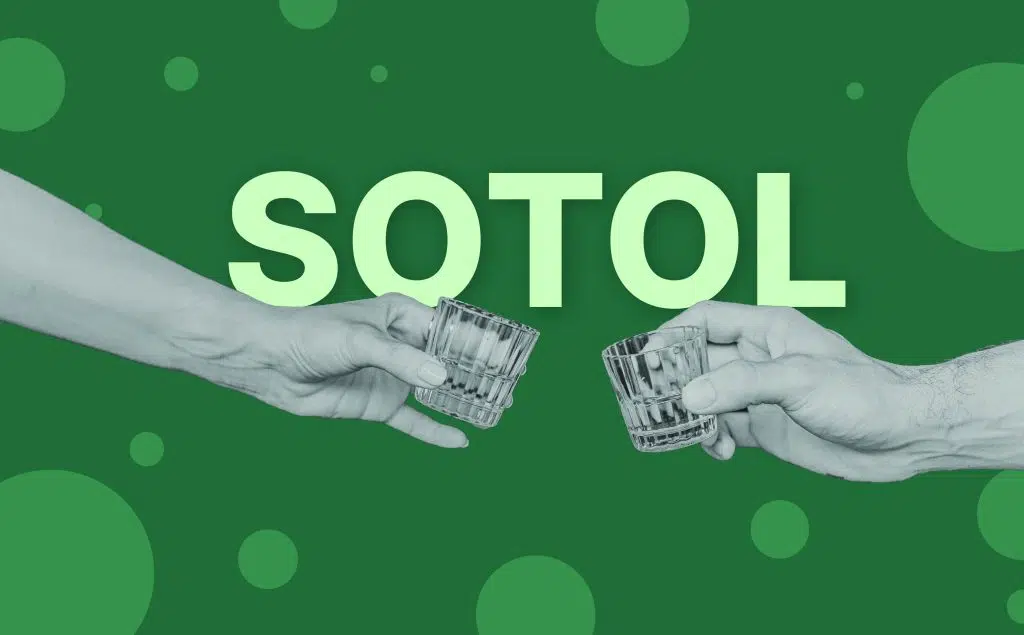Using leftover produce is one of the biggest obstacles bars face in the fight for a sustainable industry. Every night, skins and pulps are tossed away without a thought as to the discerning bartender, these leftovers are just juices and garnishes in disguise.
But, in the quest for sustainability, some bartenders are on the frontline of preventing food waste. By adopting a sustainably-driven bar program, bartenders can preserve produce, reduce waste, and add new skills and great cocktails to their repertoire!
Each of the following techniques can be used to preserve ingredients and create new, exciting flavours that can be showcased on your menu!
1. Infusion

Infusion is the process of exchanging flavours, usually between a solid and a liquid.
Taking leftovers and preserving their flavours in alcohol is an easy practice to do behind any bar. Lemon, lime, and grapefruit peels are perfect for homemade cordials because their peels hold strong, distinguishable flavours. This is also the case with pineapple and melon skins, which can be infused with any spirit.
Whole fruits like cherries or grapes can be preserved in alcohol to be used as garnishes when needed. This will save you a lot of time and money preserving garnishes this way. The process of infusing something with alcohol will not only keep things shelf stable but will also provide you with more flavour options.
Herb stems are great for this. Some of the best ones to use are mint, basil, rosemary, sage, and thyme. Infuse them to make tinctures which can be added in drops or dashes, adding more depth and complexity to a drink.
2. Oleo Saccharums

Sugar is another way to preserve produce, whether that be fruits or leftovers.
The easiest example is taking leftover citrus peels and adding sugar to them to extract all of their oils and flavours. This is commonly known in the bar industry as making an ‘Oleo Saccharum’. While it’s usually used for citrus alone, it can also be done with leftover ingredients like banana peels, watermelon rinds, mango skins, and any type of meaty skin from a fruit or vegetable.
Making an oleo not only extracts a flavour and turns it into a syrup that is shelf stable, but it also breaks down the solids of the fruit itself, making it softer and easier to chew, great to use as a candied garnish.
3. Pickling and Shrubs

Pickling and shrub-making is the technique of preserving ingredients by adding sugar and lowering the pH level. Placing fruits or vegetables in an environment where the pH level is low and very acidic keeps unwanted harmful microorganisms out. Pickled ingredients and shrubs can be safe to eat for many months (and even years) and tend to taste better over time.
Preservation with sugar is common but vinegar works equally as well. Using ingredients like citric and malic acid can raise acidity and give a delightful sour element to the drink. The bonus to this is that it decreases the amount of fresh citrus needed in alcoholic drinks which can save money and stop citrus waste.
4. Dehydration

Dehydration removes water from ingredients, thereby preventing bacteria from decaying and causing food to rot or go bad.
Drying out foods like fruits and herbs has long been used to preserve foods. Ovens, dehydrators and even air fryers are commonly used to remove moisture from products. Dehydrating is perfect for making edible garnishes like fruit leathers, crackers, or sugar and salt dusts that can be rimmed onto a glass. Take any leftovers and dehydrate them at a low temperature. A longer dehydration time will make the product more brittle, perfect for grinding it down into sugar or salt dust.
Take leftover pulps from pineapple, pears, or tomatoes and spread them thinly onto a non-stick surface. Then dehydrate them into flexible fruit leathers for garnishing.
5. Fermentation

There are many different types of fermentation that lead to different results and flavours, but all of them serve the purpose of preserving food.
Be sure to read up on the different varieties and strategies before attempting to make the fermentation. Careful measurements and close attention to time and temperature are key factors in the process, no matter which method is chosen.
Some of the most popular fermentations are listed below:
- Take a leftover juice like fresh apple juice, and throw in a SCOBY until it completely ferments into Kombucha.
- Leftover seasonal berries can be lacto-fermented by using salt to give them more complexity and acidity.
- Lastly, you can turn any kind of fresh juice and transform it into vinegar by adding alcohol and an air pump stone.
Also interesting: Different Types of Alcohol and Liquor Names
6. Clarification
Clarifying juices gives added shelf life, which is super handy when running a bar. Lime, lemon, and other juices will last days or even weeks longer than in their original cloudy state, making you a nice saving. Once clarified, they can be safely batched with spirits, liqueurs, and sugars to keep their shelf life lasting for months and flavour well-preserved.
Clarification can be done using powders like agar agar, equipment like centrifuges and spinzalls, or even techniques like milk washing. Whatever the method, it should always lead to a clear and lightly-coloured product that can be easily batched into a cocktail for later use.
Sustainability Isn’t Perfect
Depending on the night, a bar can range from very slow to very busy, leaving a bartender with all kinds and quantities of leftover produce. It can be difficult to decide what to do with it all, but the most important aspect of sustainability is to work with what’s available in the best way possible.
We know that going 100% zero waste is close to impossible. But what is possible is taking something that’s normally rubbish and turning it into something that can be reused. Even if it’s only a small amount, it can go a long way, especially if the process is repeated every day.
By creating new systems, bartenders and restaurants can waste less, save more, and create great results for customers.







